Home>Renovation & DIY>Tools & Equipment>When Was The Phillips Screwdriver Invented
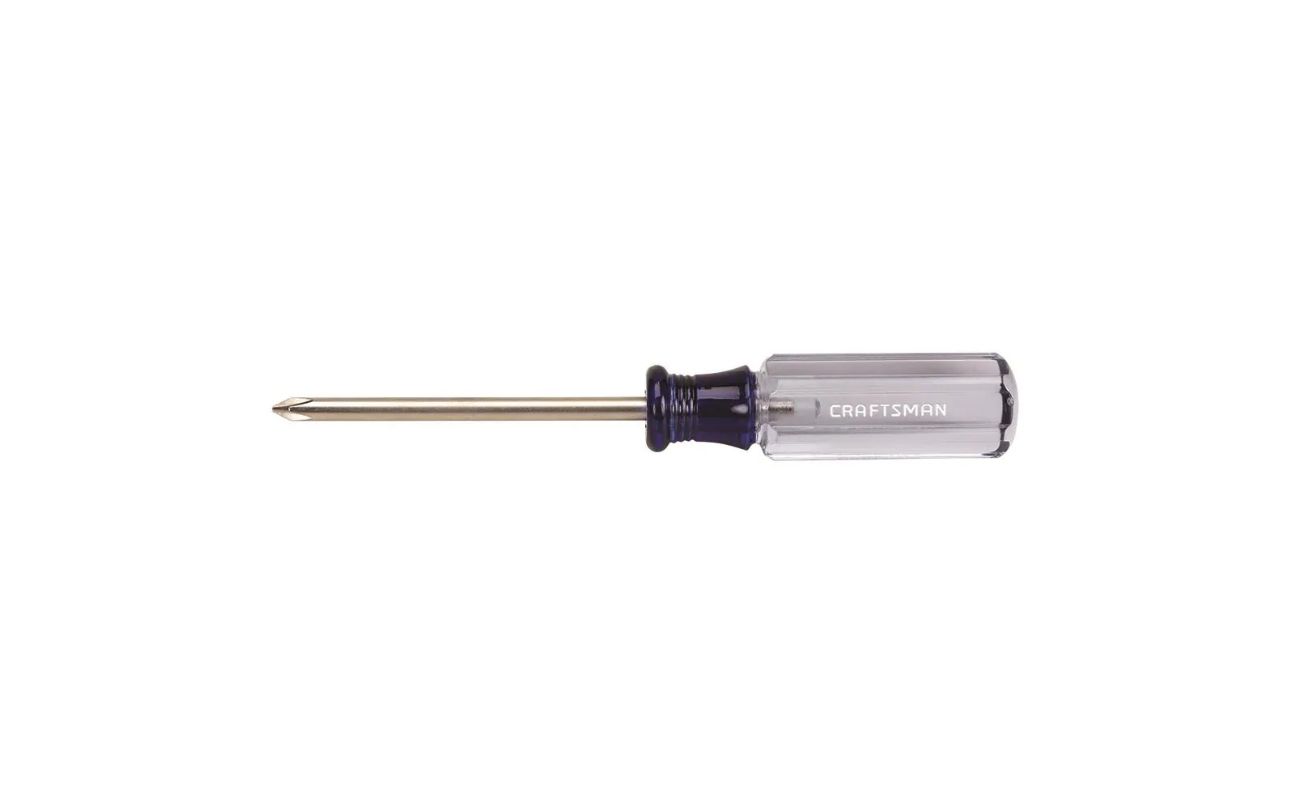

Tools & Equipment
When Was The Phillips Screwdriver Invented
Modified: January 4, 2024
Discover the history of the Phillips screwdriver and its invention. Learn about the tools and equipment that revolutionized the way we use screws. Explore the origins and impact of this essential tool.
(Many of the links in this article redirect to a specific reviewed product. Your purchase of these products through affiliate links helps to generate commission for Storables.com, at no extra cost. Learn more)
Introduction
Welcome to the fascinating world of screwdrivers! These seemingly simple yet indispensable tools have a rich history and have undergone numerous innovations over the years. In this article, we will delve into the captivating story of the Phillips screwdriver, exploring its invention, impact, and enduring relevance in the realm of tools and equipment.
The screwdriver, a tool that is often taken for granted, plays an essential role in various industries, from construction and manufacturing to DIY projects at home. Its evolution reflects the ingenuity and creativity of inventors who sought to improve efficiency and precision in fastening mechanisms.
Join us as we embark on a journey through time to uncover the origins of the Phillips screwdriver, shedding light on the innovative minds behind its creation and the enduring legacy it has left on the world of tools and equipment. Let's unravel the gripping tale of how this iconic screwdriver came into existence and revolutionized the way we handle screws.
Key Takeaways:
- The Phillips screwdriver, invented by Henry F. Phillips, revolutionized fastening technology with its cruciform-shaped recess, providing enhanced torque and reducing slippage, impacting industries and DIY projects worldwide.
- The Phillips screwdriver’s legacy embodies innovation and excellence, inspiring further advancements in fastening technology and serving as a symbol of progress, precision, and practicality in the world of tools and equipment.
Read more: Why Is It Called A Phillips Screwdriver
History of the Screwdriver
The history of the screwdriver is intertwined with the evolution of screws and their widespread use in various applications. The concept of the screw dates back to ancient times, with early versions found in ancient Greece and Egypt. These early screws were primarily used for pressing grapes and olive oil, showcasing the simple yet ingenious design that would later become instrumental in construction and engineering.
Fast forward to the 15th century, and we witness the emergence of handheld screwdrivers in Europe. These early screwdrivers were simple tools with a straight, flat tip, designed for turning slotted screws. As industrialization gained momentum, the demand for more efficient fastening solutions grew, leading to advancements in screw and screwdriver designs.
One significant development was the invention of the recessed screw head, which allowed for better torque application and reduced instances of slippage during tightening or loosening. This innovation paved the way for various screw head designs, including the iconic Phillips screw, which revolutionized the screwdriver industry.
Throughout the 19th and early 20th centuries, screwdriver designs continued to evolve, with manufacturers experimenting with different handle materials, grip designs, and tip configurations to enhance usability and performance. The quest for precision and ease of use spurred inventors and engineers to explore new avenues for improving the humble screwdriver, ultimately leading to the creation of the Phillips screwdriver.
As we unravel the history of the screwdriver, we gain a deeper appreciation for the ingenuity and perseverance of innovators who sought to refine a seemingly straightforward tool, laying the groundwork for the modern screwdriver landscape we know today.
Invention of the Phillips Screwdriver
The Phillips screwdriver, a ubiquitous tool in the realm of fastening systems, owes its existence to the inventive genius of Henry F. Phillips. In the 1930s, Phillips, an Oregon-based businessman and engineer, set out to address the limitations of existing screw and screwdriver designs, aiming to enhance efficiency and minimize instances of slippage and damage during fastening operations.
Phillips recognized the need for a screw head design that could accommodate increased torque application while reducing the risk of cam-out, a common issue with slotted screws where the driver slips out of the slot under high torque. To achieve this, Phillips devised a cruciform-shaped recess in the screw head, featuring a 45-degree angle that allowed the screwdriver to engage more securely with the screw, minimizing the likelihood of slippage and damage to the fastener.
With the innovative screw head design in place, Phillips then developed a corresponding screwdriver with a cruciform-shaped tip, perfectly tailored to fit the new screw head. This matching system, comprising the Phillips screw and screwdriver, offered unparalleled advantages over traditional slotted screws and flat-tip screwdrivers, revolutionizing the fastening industry and setting a new standard for efficiency and reliability.
Phillips’s invention quickly gained recognition for its remarkable ability to streamline assembly processes in manufacturing and construction, leading to widespread adoption by major industries and manufacturers. The automotive sector, in particular, embraced the Phillips screw and screwdriver system, reaping the benefits of faster and more secure assembly of components and parts.
Notably, the Phillips screw and screwdriver combination also found favor in the aviation industry, where precision and reliability are paramount. Its impact extended beyond industrial applications, permeating the consumer market and becoming a staple in countless households, workshops, and DIY enthusiasts’ toolkits.
The introduction of the Phillips screwdriver marked a pivotal moment in the history of fastening technology, demonstrating the transformative power of innovative design and engineering. Henry F. Phillips’s ingenuity and vision have left an indelible mark on the world of tools and equipment, shaping the way we approach fastening solutions and inspiring future generations of inventors and engineers.
The Phillips screwdriver was invented in the 1930s by Henry F. Phillips, who wanted to create a screw that could handle more torque and be easier to use than the traditional slotted screw.
Impact and Use of the Phillips Screwdriver
The introduction of the Phillips screwdriver revolutionized the fastening industry, leaving a profound impact on various sectors and redefining the way screws are utilized in assembly and construction processes. Its unique design and exceptional functionality have made it an indispensable tool across a wide spectrum of applications, from industrial manufacturing to everyday household tasks.
One of the key advantages of the Phillips screwdriver lies in its ability to provide enhanced torque application and reduced risk of cam-out, thanks to the cruciform-shaped recess in the screw head. This feature has made the Phillips screw and screwdriver combination the preferred choice for numerous industries, including automotive, aerospace, electronics, and furniture manufacturing.
In the automotive sector, the Phillips screwdriver has played a pivotal role in expediting assembly processes, allowing for efficient and secure fastening of components and parts. Its widespread adoption in automotive manufacturing lines has contributed to increased productivity and precision, ultimately impacting the overall quality and reliability of vehicles.
Similarly, the aerospace industry has embraced the Phillips screw and screwdriver system for its unparalleled reliability and ability to withstand rigorous conditions. The precise engagement between the screw and the screwdriver ensures that critical components in aircraft and spacecraft are securely fastened, meeting stringent safety and performance standards.
Beyond industrial applications, the Phillips screwdriver has become a staple tool for DIY enthusiasts, craftsmen, and homeowners, offering a user-friendly and effective solution for various projects and repairs. Its versatility and widespread availability have made it a go-to tool for assembling furniture, installing fixtures, and performing routine maintenance tasks around the home and workshop.
Furthermore, the impact of the Phillips screwdriver extends to the realm of innovation and design. Its success has inspired further advancements in fastening technology, leading to the development of specialized screw and screwdriver systems tailored to specific industry requirements, such as the Pozidriv and Torx systems.
As we reflect on the enduring impact of the Phillips screwdriver, it becomes evident that this iconic tool has transcended its original purpose, becoming a symbol of precision, reliability, and efficiency in the world of fastening solutions. Its legacy continues to shape the way we approach construction, assembly, and repair tasks, embodying the spirit of innovation and excellence in tool design.
Conclusion
The evolution of the screwdriver, culminating in the invention of the Phillips screwdriver, exemplifies the transformative power of innovation and the enduring impact of visionary design. From its humble origins as a handheld tool for turning screws to its pivotal role in revolutionizing fastening technology, the Phillips screwdriver has left an indelible mark on the world of tools and equipment.
Henry F. Phillips’s inventive solution to the limitations of traditional screw and screwdriver designs has reshaped assembly processes across industries, offering unparalleled advantages in terms of efficiency, reliability, and precision. The cruciform-shaped recess in the Phillips screw head, coupled with the matching screwdriver, has become a hallmark of secure and efficient fastening, permeating manufacturing lines, construction sites, and households worldwide.
The impact of the Phillips screwdriver extends beyond its functional utility, serving as a testament to the enduring legacy of innovative design and engineering. Its widespread adoption in automotive, aerospace, and consumer applications underscores its versatility and adaptability to diverse industry needs, solidifying its status as an essential tool for professionals and DIY enthusiasts alike.
Furthermore, the success of the Phillips screwdriver has paved the way for further advancements in fastening technology, inspiring the development of specialized screw and screwdriver systems tailored to specific requirements, further enhancing efficiency and precision in various domains.
As we celebrate the remarkable journey of the Phillips screwdriver, we are reminded of the profound impact that a seemingly mundane tool can have on the way we build, create, and innovate. Its story serves as a testament to the enduring spirit of ingenuity and the transformative potential of visionary design, leaving an enduring legacy that continues to shape the tools and equipment landscape for generations to come.
In closing, the Phillips screwdriver stands as a symbol of progress, precision, and practicality, embodying the essence of innovation and excellence in tool design. Its legacy serves as a source of inspiration for inventors, engineers, and enthusiasts, reminding us that even the simplest of tools can spark a revolution and redefine the way we approach everyday tasks and challenges.
Frequently Asked Questions about When Was The Phillips Screwdriver Invented
Was this page helpful?
At Storables.com, we guarantee accurate and reliable information. Our content, validated by Expert Board Contributors, is crafted following stringent Editorial Policies. We're committed to providing you with well-researched, expert-backed insights for all your informational needs.
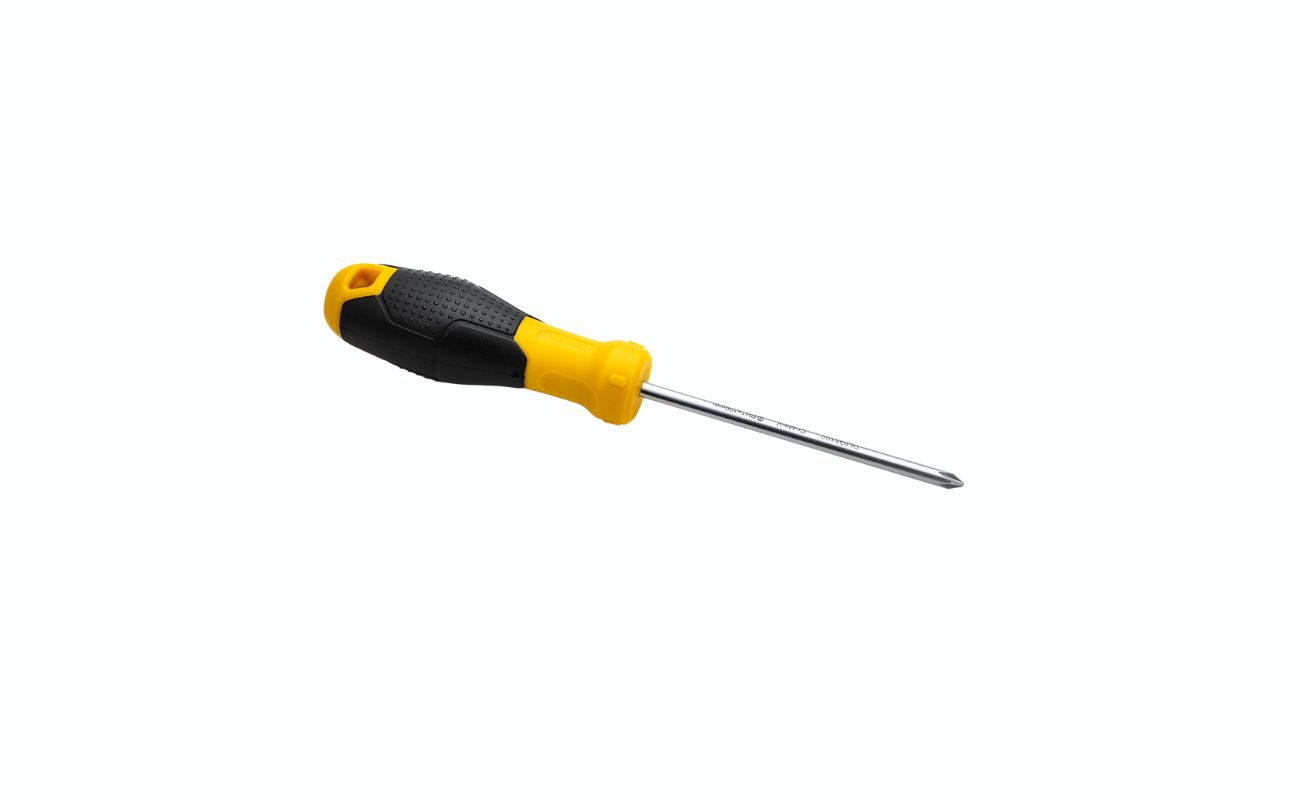
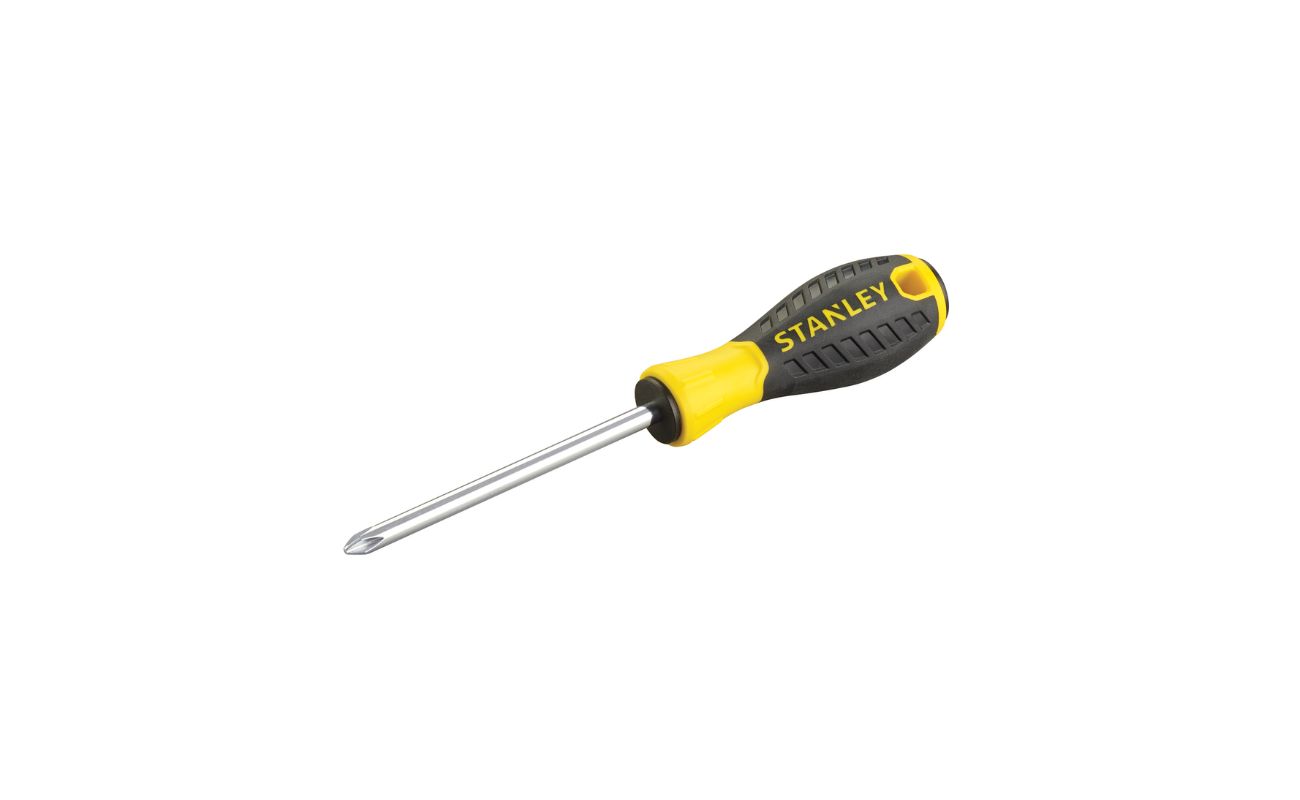
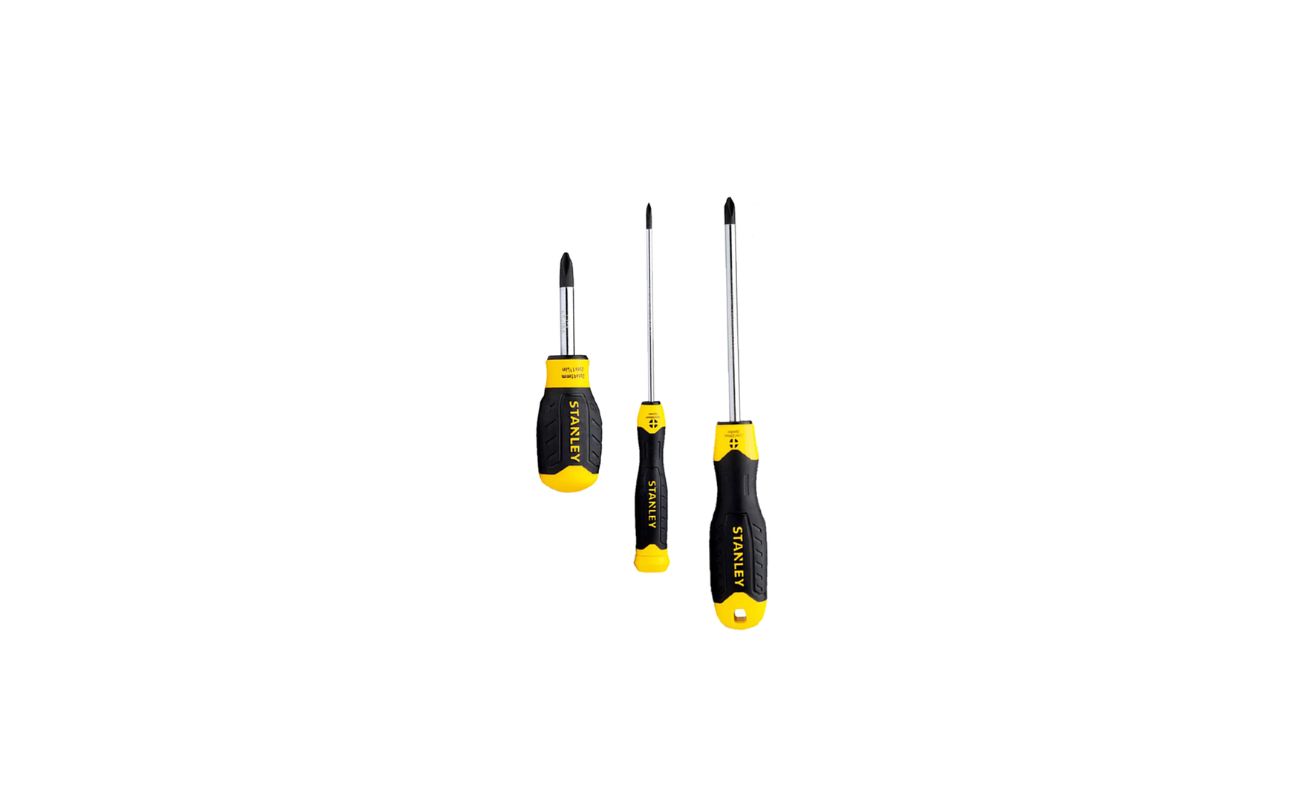
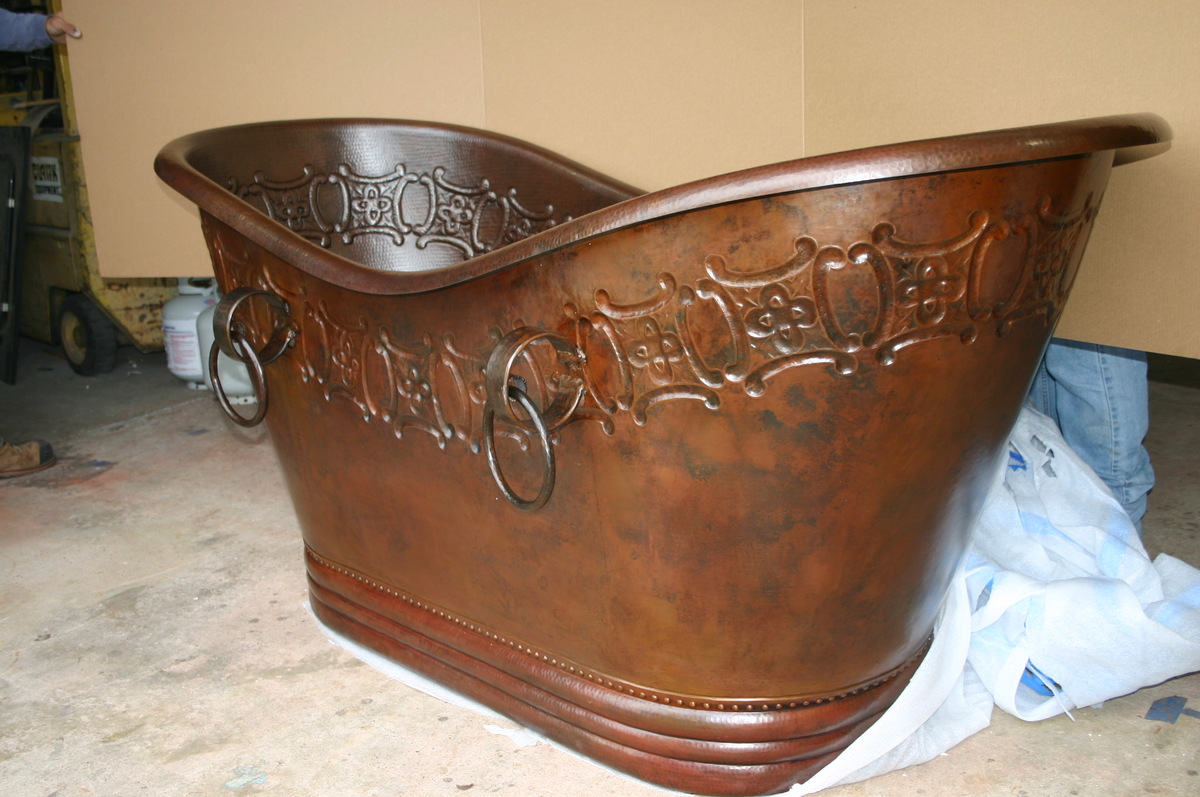





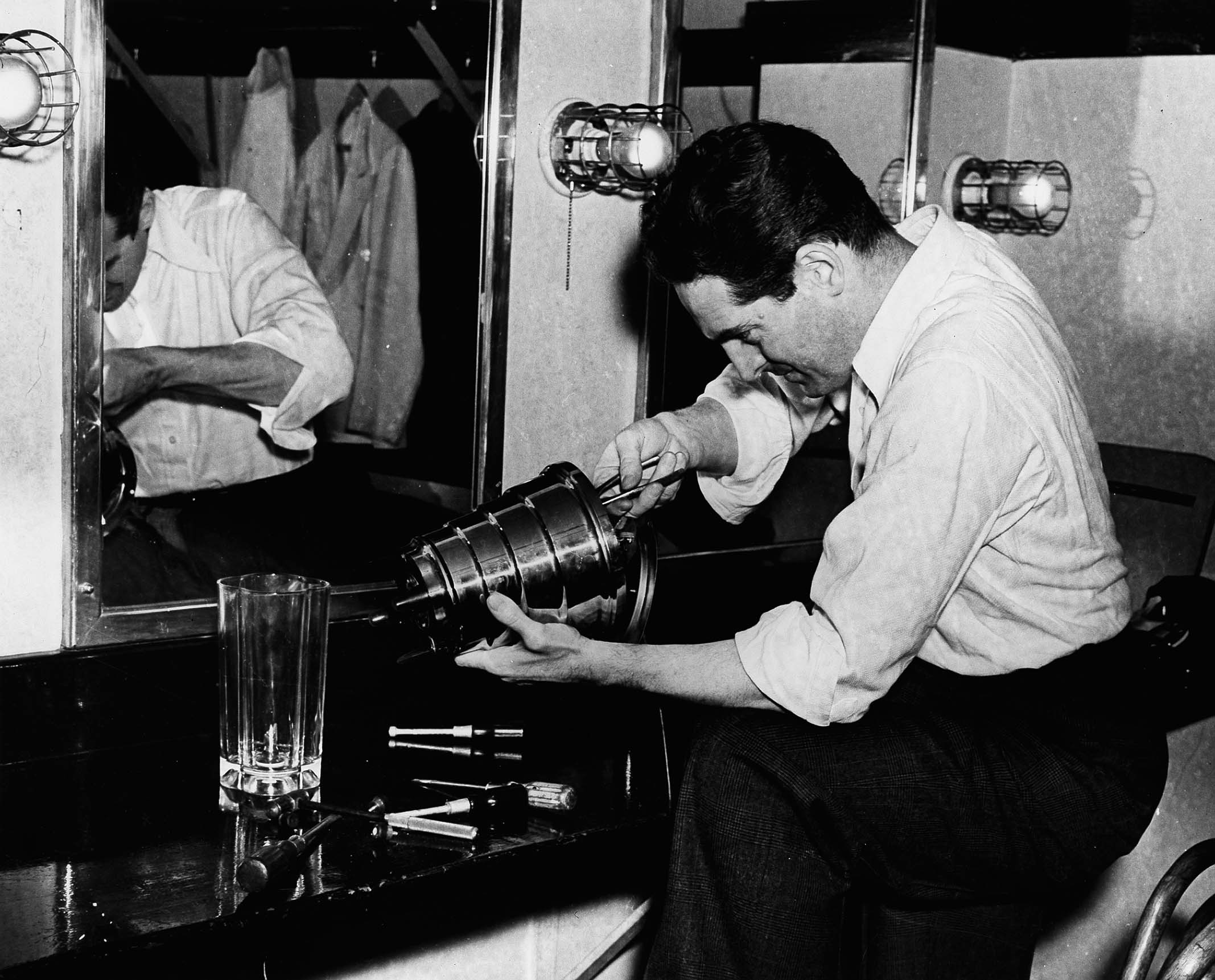


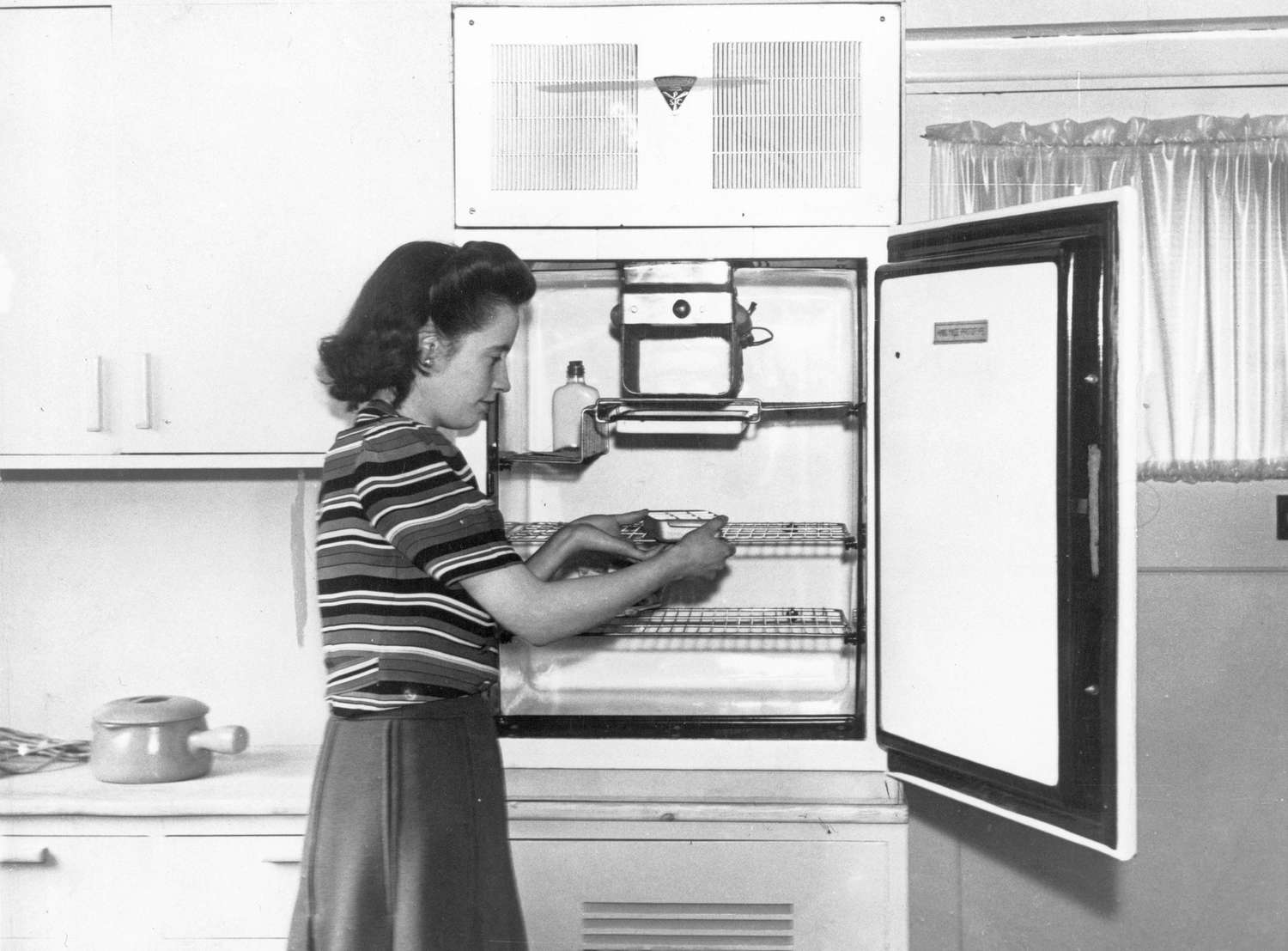



0 thoughts on “When Was The Phillips Screwdriver Invented”